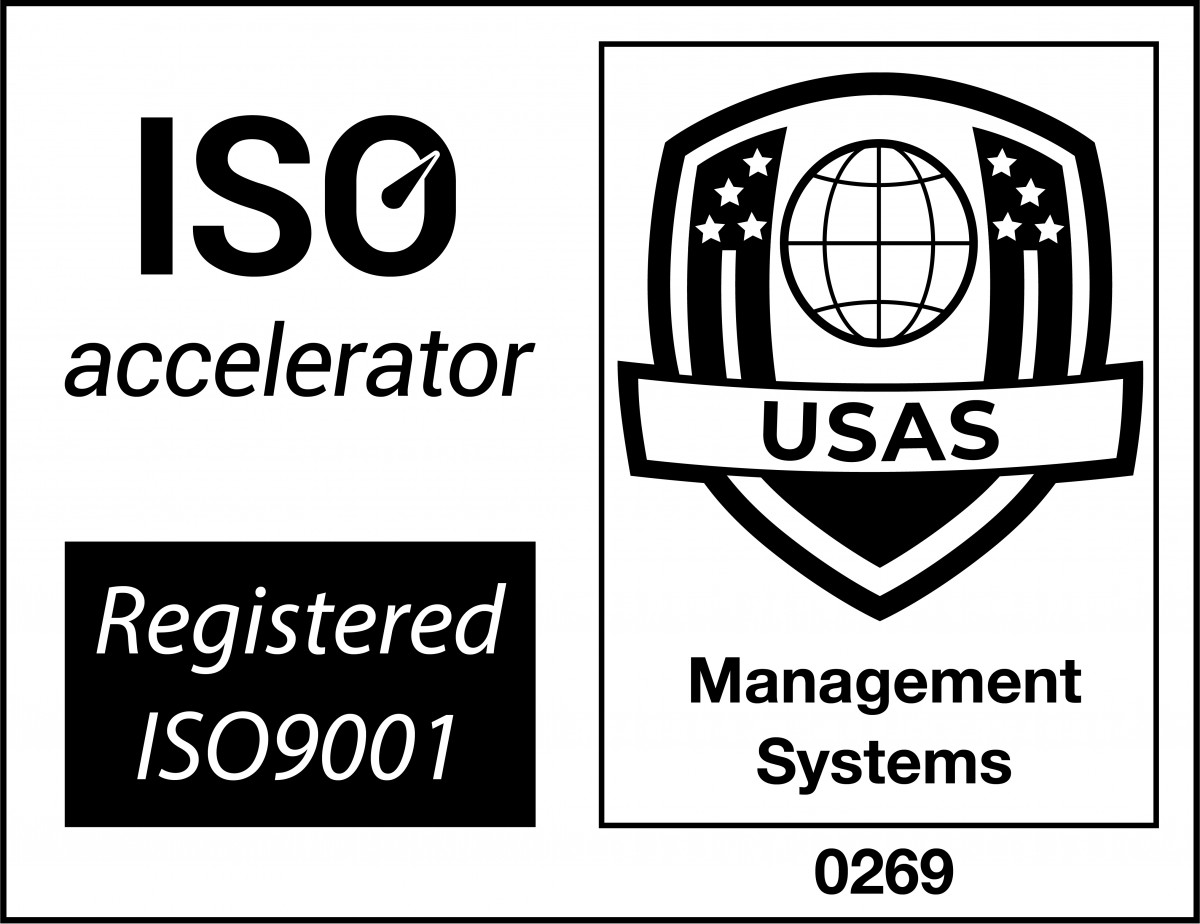Don’t let these self-service myths and misconceptions hold you back from improving efficiency, customer satisfaction and improving profits for your business!
Self-service can be a fantastic addition to the customer experience. Research suggests that integrating a self-service element into the purchasing process results in better customer retention and enhanced customer satisfaction. After a somewhat inauspicious start, carefully deconstructed in this Harvard Business Review article from 2000, self-service has truly grown into its own. It empowers customers to solve problems single-handedly and adds value and positivity to their everyday lives. These ‘good vibes’ automatically transfer from experiences to brands, and you stand to capitalise on that trend by integrating digital signage seamlessly into the customer journey.
Thanks to the advent of artificial intelligence, self-service applications are becoming better, smarter and more desirable than ever before. If you are hesitant about making them part of your business, you must have fallen prey to the misconceptions that plagued the field in its infancy. In the following, we dispel the six most stubborn self-service myths and make the case for this exciting and innovative technology.
Myth No. 1: Self-service devices and applications are hard to implement
This is arguably the biggest of the self-service myths. The truth is, with the right product and a responsible partner company that specialises in self-service automation, the implementation phase is smooth and completely painless.
We often hear from our happy customers how much we exceeded their expectations. While we always aim to excel at our job, many of them make it easy to impress because they start out with too many unfounded fears and prejudices. Self-service technology implementation is a breeze when you know what you want and you entrust professionals to make it happen!
Myth No. 2: Self-service automation takes away human jobs
This myth is typical not only of the self-service sector but seemingly of all automation. It is important to understand that automation invariably changes pre-existing job profiles, but it is not a job killer in the slightest. If anything, it creates an opportunity for your talented staff to let go of some more mundane and pedestrian tasks and re-focus their attention, skill, and drive onto bigger business problems waiting to be solved. In that sense, self-service automation and digital signage are not a threat to your staff but an opportunity for them to excel.
Myth No. 3: Self-service systems are exorbitantly expensive
As self-service myths go, this one also has remarkable staying power. The reality is, every business solution you implement, automated or not, requires an initial investment and continuous maintenance in order to yield consistent positive returns.

The costs of a self-service system may seem prohibitive at first glance, but it is important to see them as a long-term investment. If you operate an online store, consider the IT person-hours you would have to finance if customers’ password reset procedure were not automated. While you are at it, add the intangible costs of IT staff’s certain frustration and stagnation doing such a low-level task and the customers’ dissatisfaction with password resets that are only possible during business hours.
Myth No. 4: You lose control when you implement a self-service solution
A well-designed self-service system takes some elements of control out of the user’s hands, but it does so in order to perform better with less input and resources. However, if you are naturally averse to completely letting go, or if your business model requires human intervention and monitoring, semi-automated self-service protocols are also quite common. With the help of a specialist self-service development and implementation company, you can achieve the level of automation that is exactly right for you and retain human oversight of self-service processes wherever necessary.
Myth No. 5: Self-service makes retail less personal
Even though it eliminates a certain amount of human interaction, implementing self-service procedures in your retail trade has no negative effects on customers’ perceptions of how personable your brand is. In fact, by eliminating pedestrian and purely mechanical interactions, self-service systems make sure that whenever a customer approaches a service employee, the conversation will be deep and goal-oriented. This set-up provides an excellent opportunity for customer service staff to leave a positive impression and create an even stronger bond between your brand and its customers. Automating low-level, mundane service tasks thus puts a real spotlight on more complicated service cases and allows your staff to shine.
Myth No. 6: Customers are afraid of self-service technology
Some people are simply change- and technology-averse, and there is nothing you can do about it. This aversion has often delayed or deprived us of great benefits unnecessarily. Nevertheless, you should remember that the majority of people appreciate the comforts that technological innovations bring into their everyday lives. Self-service solutions are only seen as a burden or a hurdle when they are not properly introduced and explain.

When you implement the self-service system of your choice, make sure that your customers have ample information and, if necessary, training in how to use it. Before long, it will become their second nature.
Self-Service Myths Cannot Stand Up to the Facts
In the right hands, self-service solutions are a blessing for any retail operation. Put your trust in LamasaTech and let us transform your business together!



